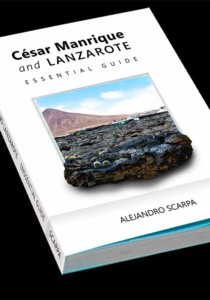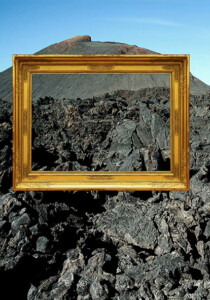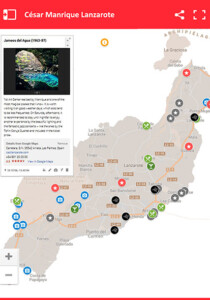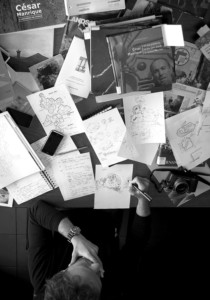The development of Lanzarote is associated with César Manrique, a visionary artist who anticipated the potential of the island. His seven Art Centres, developed between 1963 and 1992, are an example of how original and impressive architecture is not incompatible with respect for the environment and economy of means.
His influence has reached hundreds of thousands of inhabitants and more than fifty million visitors.



